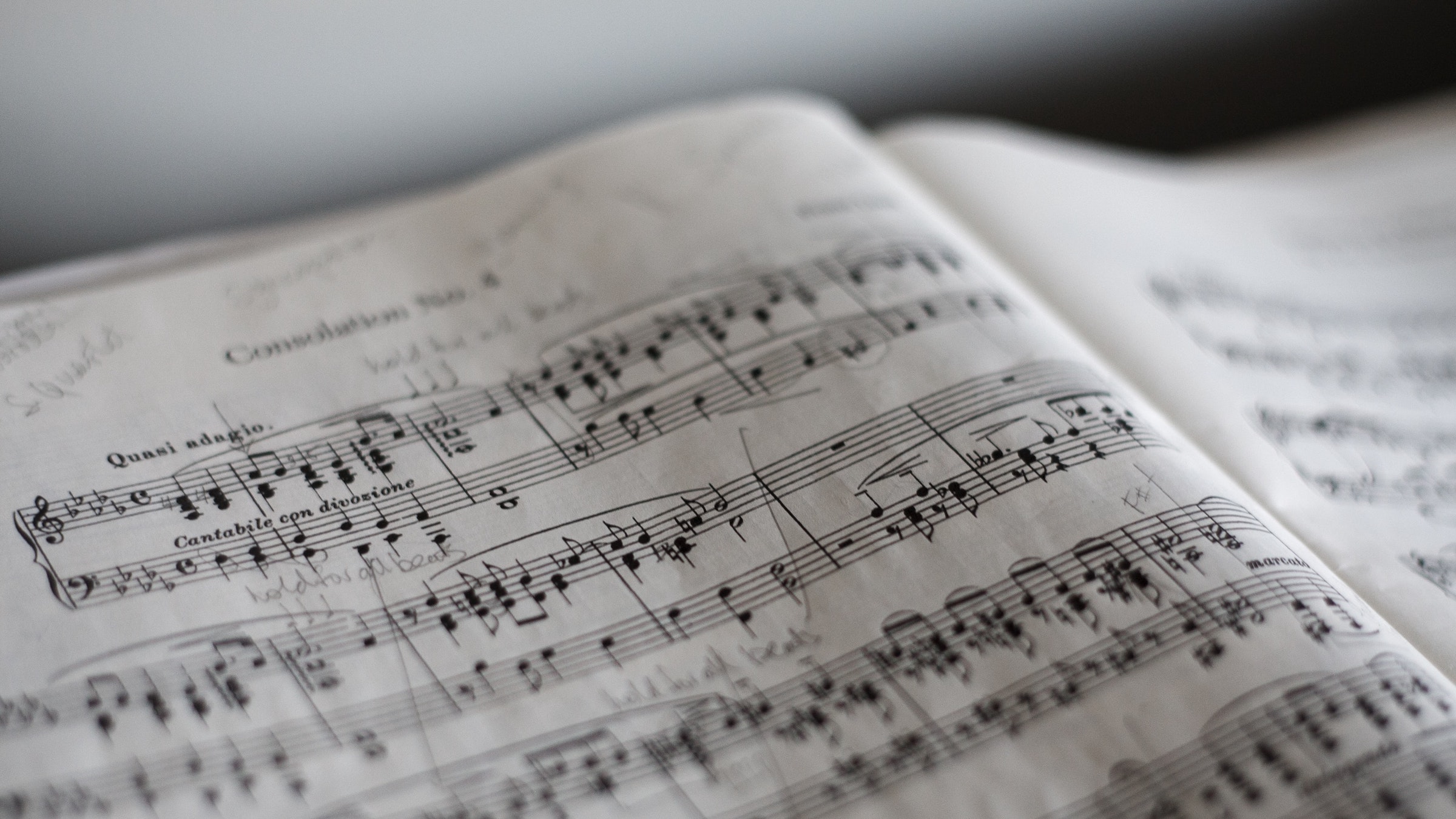Music has a tremendous power over much of humanity: the power to take over our minds. I, for one, become completely entranced when hearing a piece of music that speaks to me, and I can’t help but listen to it on repeat for days, weeks, even months on end.
One of these songs for me is Quique Sinesi’s “Terruño”, which I first heard live on a blue Sunday afternoon. From the very first notes, my jaw dropped, my gaze was transfixed, and felt a kind of ecstasy trying to make sense of the feelings it inspired.
In a way I simply can’t explain, “Terruño” reminded me of the most powerful discovery I ever made: that despite how hard things can get, life has the power and potential to become much better than we could imagine. Wonderful surprises are always just around the corner, and that thought alone can sustain us, no matter what we are going through.
As a writer, I can only dream of penning words so exquisite as to inspire that feeling in others. How do composers manage to do that? Do they somehow understand the mechanics of emotion better than others? And if so, is this a skill that can be learned? I had to try.
To Follow Theory… Or Not
I happen to know how to read music, since I learned it as a child, but that was really everything there was to my musical knowledge before taking composition lessons. I had no idea what harmony was, and I thought rhythm equaled beat (spoiler alert: it doesn’t). But is it necessary to know music theory to compose?
“Composing is about transmitting a message. Sometimes, to say something, you don’t need 20 years of music theory studies,” says my teacher, Ivan Boumans, award-winning composer and professor of Harmony and Composition at the Conservatoire de la Ville de Luxembourg. “But if you want to communicate something more complex or accurate, knowing how to structure it will allow you to go much further in your expression.”
We start by learning the ABCs of composing a melody: intervals and rhythm. An interval is the distance between two notes, and rhythm is the pattern formed by the notes in a certain timeframe. Beat, on the other hand, is the underlying tempo that remains the same for the entire song.
Small intervals will make a melody more memorable, as they are easier to sing. Larger intervals, however, will allow for more expressiveness; the key (pun not intended) is to strike a good balance in alternating them. There is also an inversely proportional relation between intervals and rhythm: complex rhythms can be balanced with small intervals, and bigger intervals can be balanced by using simpler rhythms.
Example of a melody with complex rhythm and small intervals: “Happy” by Pharrell Williams
Example of a melody with simpler rhythm and big intervals: “Somewhere over the Rainbow”
From Chopsticks To Composition
As I spend some time thinking about the melody and the message I want to communicate, I decide to let myself get inspired by the sound of the piano, even though I can’t really play it (thankfully, my local library has a soundproof music room). Listening to the sound of the notes, trying to feel what they can convey – I find – feels easier than trying to sing them, though the latter is a perfectly acceptable way to compose.
Except that I spend a good while staring at the blank staff in the same way that, as a writer, I stare at the blank page. The feeling is never pleasant, no matter how familiar. I usually overcome it by reading, letting myself be inspired by someone else’s work, then trying to just write anything, enjoying the process without worrying about the result. In this case, that translates to playing a horrible version of “Chopsticks”, a piece my aunt taught me as a child.
And then, as it often does, it just happened: I notice a note I like, and I try to find another that fits it, then another. I pay attention to the intervals, but settling on a rhythm is difficult – I know I want the piece to be slow, but I don’t know how to translate that into the actual length of each note. Still, little by little, a rudimentary melody takes shape.
Rhythm And Harmony
“Writing a melody without harmony (cadence) is like writing a text without punctuation,” says Boumans, as he reviews my work at our next lesson. “A melody is like a dialogue, and it needs reference points: rhythmical, melodic or both. You need to decide which notes to keep, which ones to cut, what to repeat, and so on.”
In short, I need to edit. To do that with text, a lot of writing and reading experience are required – which as a composer I sorely lack. All the notes I picked sound good to me, but after Boumans shows me a few examples of where I could take my melody, I see that some portions sound much better than others, and that many of the notes are not necessary. This will require more work to fix.
In the meantime, we move to picking chords to accompany my melody. “Harmony is structure, and the starting point of everything that accompanies the melody: without harmony, you couldn’t write music for more than one instrument,” Boumans explains. “Also, it creates a cadence. A well-used harmony sets the atmosphere for the melody to elicit emotions.”
But harmony is not just made up of chords, just as a walk is not just a succession of steps. It is chords played in time; and also here, rhythm plays an important role. “Not every note needs a harmonic explanation; some notes are simply there to make a melody flow,” says Boumans. In other words, some notes don’t need to be accompanied by a chord, and the rhythm of the chords – the harmonic rhythm – is as important as the rhythm of the melody.
Example of a famous piece in which not every note is accompanied by a chord: “Für Elise” by Beethoven
Back at the piano, I work on my exercises by adding harmonies to a few songs, which I manage to successfully do. But when it comes to adding harmonies to my own piece, I am stuck. I still struggle with rhythm, there are so many directions I can take my piece. As in every artistic endeavour, unlimited possibilities can paralyse you – it’s important to narrow down your choices.
Let The Music Play
At my next lesson, I am feeling a little down: I still don’t have a clear idea of how my rhythm should look, and therefore I don’t have a defined melody to which I can add harmonies.
Boumans patiently helps me review my material and choose the most important part of the melody to focus on – a painfully necessary process. Once we have that, he helps me piece together which chords to add, one by one, like a logic puzzle. It’s a privilege to have him edit my raw material, watching it transform into something far more beautiful than I could even imagine.
And that is really all there is to it: creative endeavours can be uncomfortable. They can take a long time and cause frustration. But if we learn to enjoy the process without stressing about the result, we can create something that exceeds even our highest expectations (sometimes with a little help).
That is how Boumans sees it as well: “The most important thing is to have fun composing. Write a little motif for yourself, or for your friends and family. Simply express your joy or passion for someone or something. Just do it in music.”
And suddenly, my composition was ready. First just the melody, then the complete piece. What I felt while hearing it was simply indescribable, and worth all the effort. I hope you will enjoy it, too.














Sorry, the comment form is closed at this time.